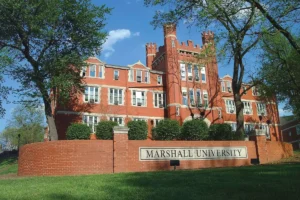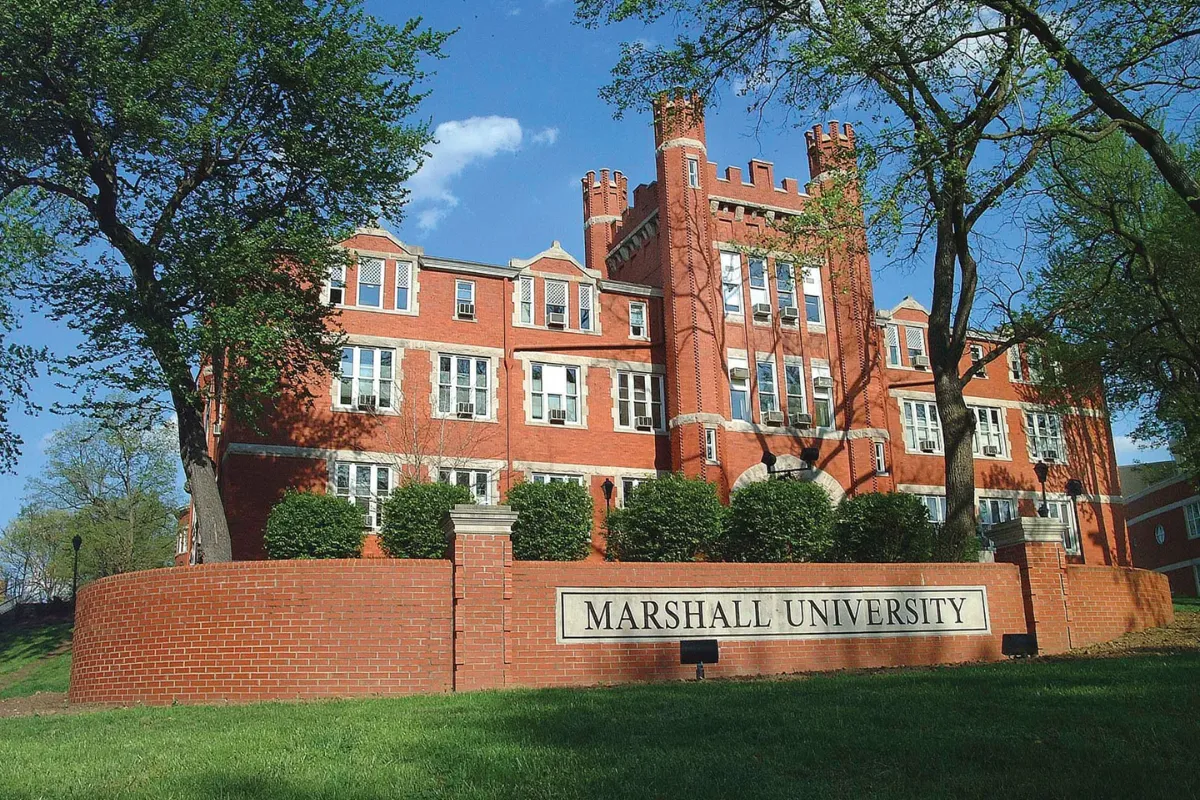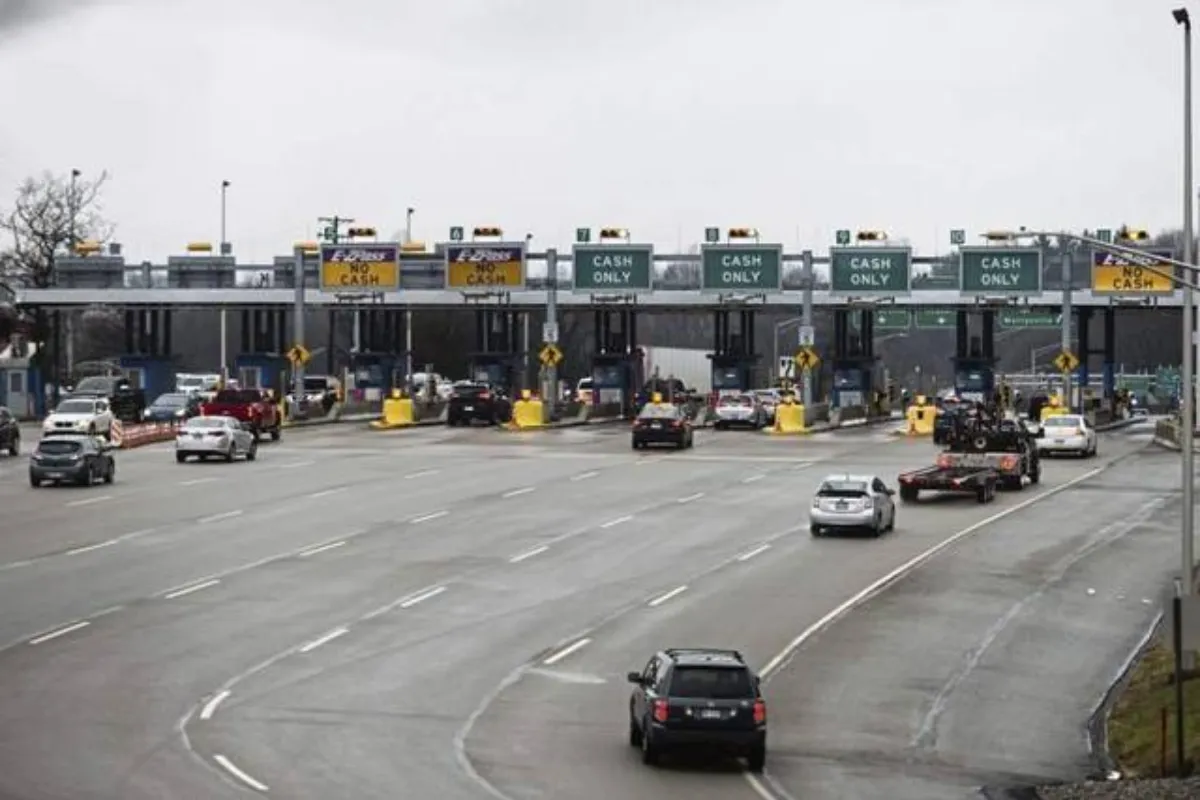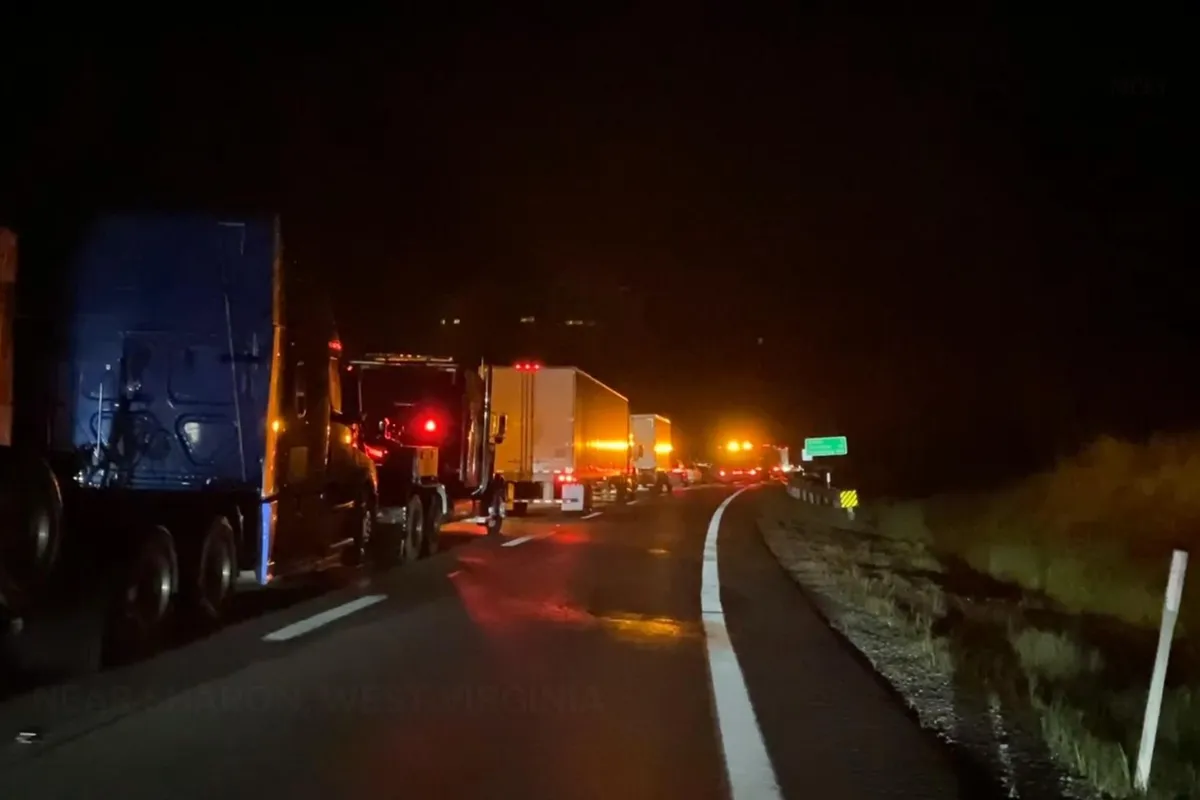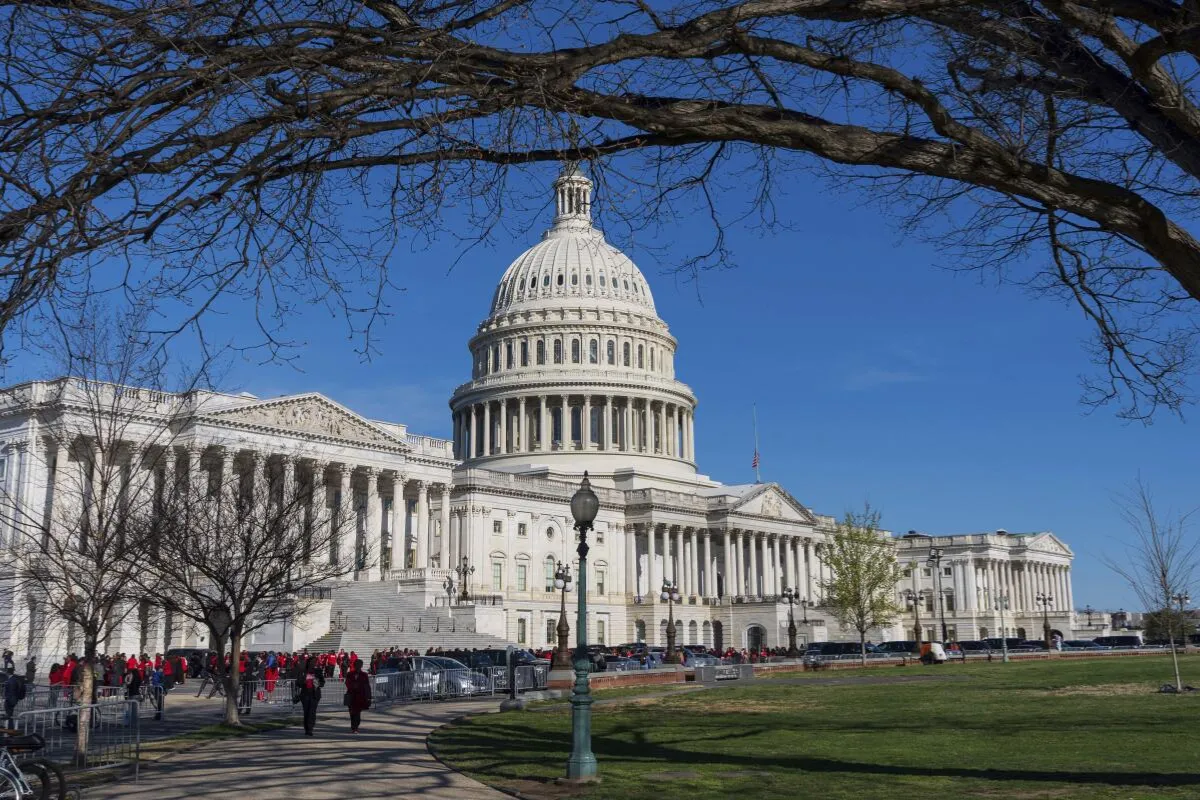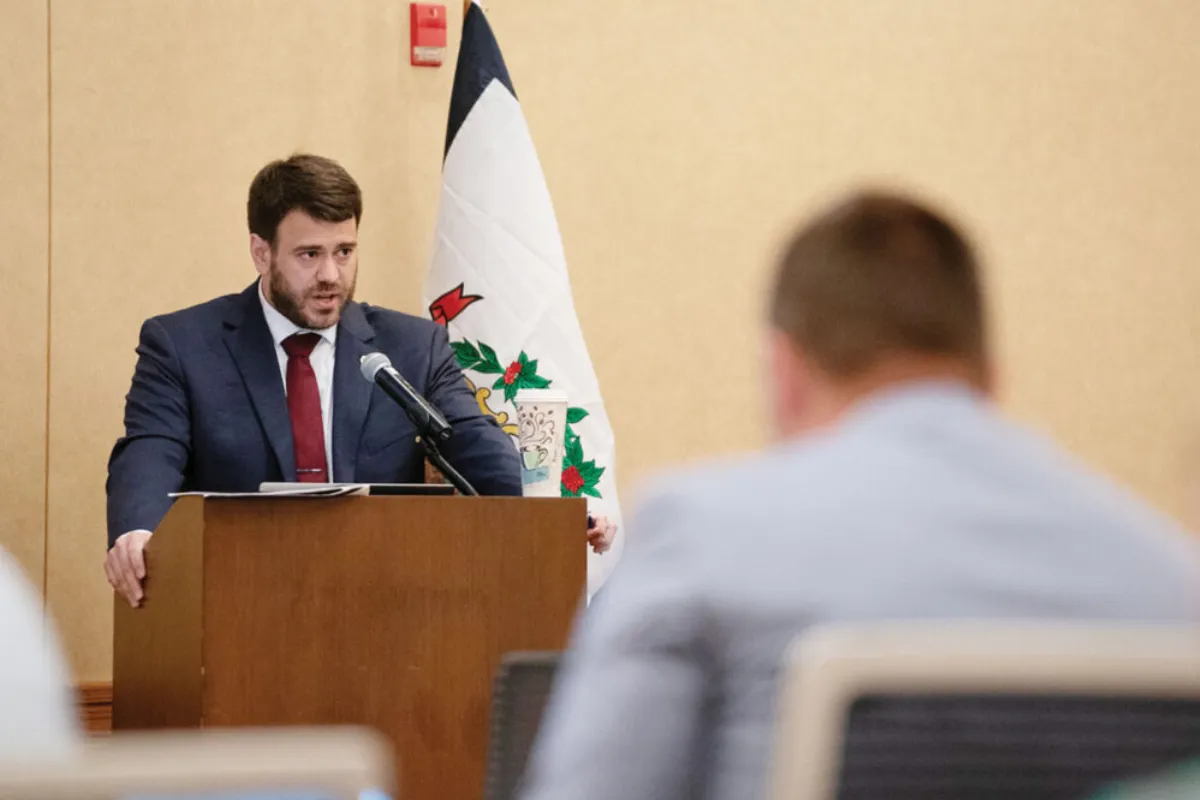If you’ve lived in the Mid-Ohio Valley for a while, you probably remember the big names in manufacturing that once employed thousands of people.
Companies like Marbon (which became Borg-Warner, then GE, and later SABIC), Challenger Electric, Vitrolite, Ames, Kardex, FMC, B.F. Goodrich, Corning, and many others were a big part of the region’s economy, especially during and after World War II.
Paul Hobilitzell, director of the Oil and Gas Museum in Parkersburg, says those companies thrived because of the war effort. “World War II made a lot of them,” he notes. But over time, these companies shut down or moved on, with some plants demolished to make way for new developments.
The local economy faced more challenges recently, too. The COVID-19 pandemic hit the region hard, causing a loss of about 8,000 jobs, according to a 2022 report from the West Virginia Bureau of Business and Economic Impact.
While about 6,000 jobs have returned since then, manufacturing was especially affected, first by the pandemic and then by global supply chain disruptions.
Greg Delemeester, an economics professor at Marietta College, explains the bigger picture of what’s happened in manufacturing. “We need to separate manufacturing output from manufacturing jobs,” he says.
While manufacturing employment in the U.S. dropped from its peak of 19.5 million workers in 1979 to about 12.7 million in early 2025, manufacturing output is only about 5% below its high point in 2007.
“This means the U.S. is producing almost as much, but with fewer workers — thanks to automation, robots, and computers boosting productivity.”
Global competition and changing consumer tastes also played a big role in this shift. Trade policies like tariffs can have mixed effects.
For example, tariffs on steel and aluminum introduced in 2018 helped create some jobs in those industries, but caused many more losses in businesses that use steel as part of their products. This hit local manufacturers like Hino and metal fabricators with higher costs.
The Mid-Ohio Valley also faces long-term challenges like an aging workforce and fewer people of working age. Yet new technologies like automation and artificial intelligence might offer new opportunities.
Delemeester notes that uncertainty over tariffs and trade policies has businesses hesitant to invest in new equipment or expansion. “Many companies are just waiting to see what happens next.”
He suggests three ways to help grow manufacturing: making it easier for companies to invest by allowing full tax write-offs on research and development; loosening rules so workers can earn alternative certifications; and speeding up government permits for building factories and infrastructure.
John Deskins, director of the West Virginia University Bureau of Business and Economic Research, adds that policymakers shouldn’t try to pick favorites among industries. Instead, they should focus on building a skilled, healthy workforce and encouraging investment through tools like tax credits.
Deskins points out that while manufacturing output has grown over the last 50 years, the number of manufacturing jobs has declined. This is because modern manufacturing relies more on machines and less on human labor.
“In the U.S., advanced manufacturing uses sophisticated systems where workers mainly keep machines running,” he says. Lower-end manufacturing, like textiles, has moved to countries with cheaper labor, such as China and Southeast Asia.
Although tariffs aim to bring manufacturing back to the U.S., businesses need certainty that these policies will last and that they can find workers to operate their facilities. Right now, frequent changes and announcements around tariffs have created a lot of uncertainty.
For consumers, tariffs usually mean higher prices. But exactly how much prices will rise depends on how widespread and high these tariffs end up being — something no one can predict yet. As a result, the economy is in a “wait-and-see” mode for now.


